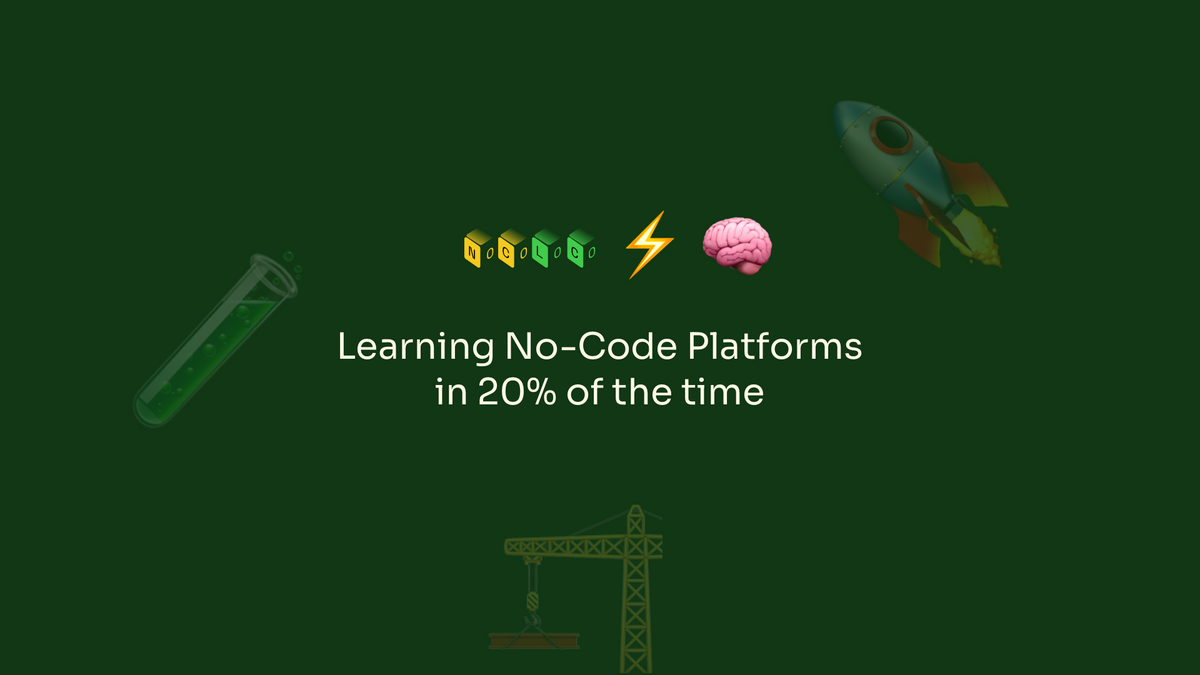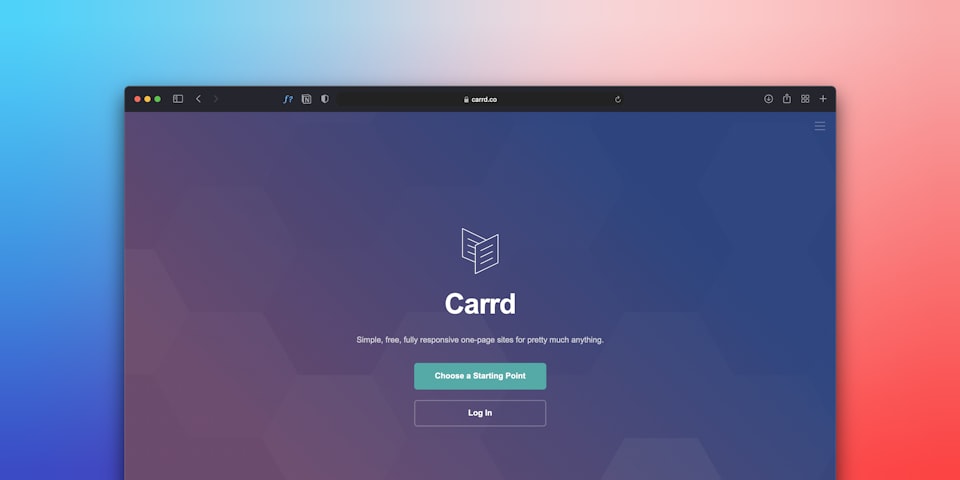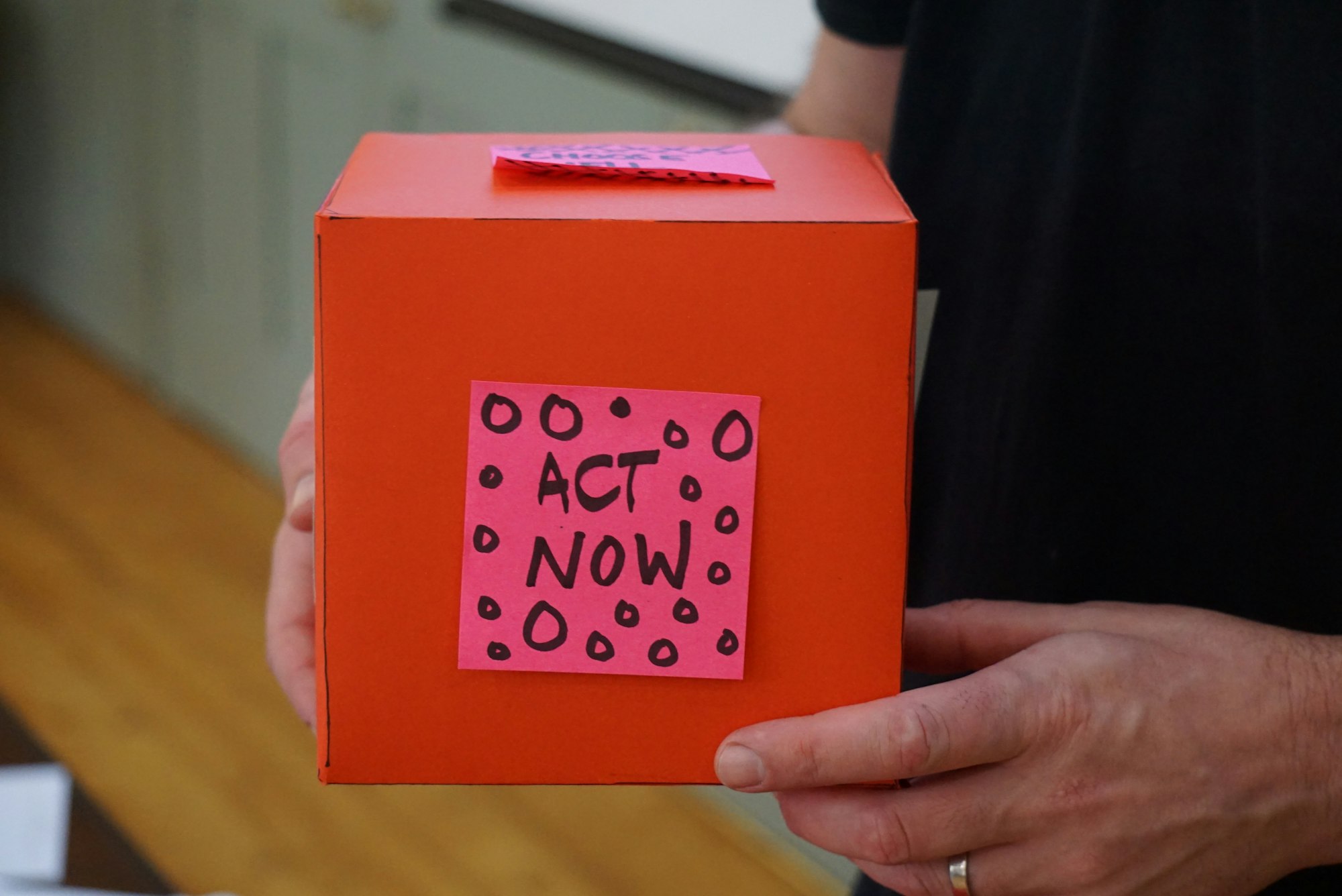How to Apply the Pareto Principle to Learning Any No-Code Platform.
Learn any No-Code platform in 20% of the time to quickly evaluate your ideas & nocode tools.

What is Pareto Principle?
The Pareto principle, also known as the 80/20 rule, is a theory maintaining that 80 percent of the output from a given situation or system is determined by 20 percent of the input. The principle doesn’t stipulate that all situations will demonstrate that precise ratio — it refers to a typical distribution.
Basically, you spend 20% of the time as input and get 80% of output. When you begin to approach No-Code, it takes a lot of time to learn. It’s harder because, you are figuring out your idea, design, workflows & eventually you also have to learn about No-Code platforms to implement your idea. This is an inefficient and Ineffective way of learning & executing your ideas.
How did we come up with this learning style?
We have built over 30+ Projects just in No-Code. Here’s a tweet thread of Madhuri's openly built projects and systems built for various contexts:
1/
— Madhuri 🌞 (@Iruhdam24) June 25, 2020
I built a number of projects over a year without writing a single piece of code and very less investment of less than $100 (< ₹7000). Some of them are publicly built projects and some of them are internal systems that worked as products.
Clarity on No-Code Platforms
A fundamental clarity every maker needs to have is:
👉 No-Code platforms are not made for design, they are only made for execution. You need to be ready with design, workflow and product strategy before you even jump into No-Code.
👉 No-Code Platforms are designed for work with how technology actually works like, you need to be aware of basics of Interfaces before you jump in.
3 Constraints for Learning
When I started with #noco30d for nocolo.co I wanted to learn about Adalo or Bubble in the following constraints:
- Explorations are to be done in less than 3 days.
- Explore all options and constraints of the No-Code Platform.
- Get an overall understanding of how workflows & data works in that platform.
Based on these constraints I started to develop a simple system for the same; Here let’s look at it with example of Music App.
Who should use this approach?
- This method works best for a usecase way of approach to launching you products.
- If you want to be a No-Coder, this approach will help you evaluate if the problem statement & the no-code toolset you are pairing it works or not.
Step 1: Start with Simple App Idea
Start with a something familiar. For the purpose of quick learning, I chose to make a music app which has the following aspects:
- Artist Page with basic details
- Album Page with 2–3 Songs from each album.
- Playing the Song
- Make the relationship of showing the artist with albums & the albums having related artists.
Step 2: Work with Data
When you work with data you actually understand, how any platform handles the data and wether it can actually fit your context.
For example: I learned that Adalo does not give me an option to show my data as Time, only currency was available.
Setup your data in a spreadsheet.
Setting up a spreadsheets allows you to see the details and the connections in your information. Make a copy of the sheet for your Practice .
See a quick walkthrough here:
Step 3: Imitate existing Design
I was able to build out Music app quickly using a familiar layout like Spotify and make workflows using the above Data. It really helped in understanding the constraints of the No-Code platforms.
For example: I realised that Adalo did not really handle responsiveness well & had issues with alignment once published.
See final result here:
Step 4: Final Decision Time
Once you conducted this simple experiment:
If you see that the platform has more potential, you should invest more time in learning the nuances and making more workflows.
If not, choose a different No-Code Platform and see if it fits your needs by repeating the same experiment.
Finally, Your Context
Learning is highly dependent on context and motivation. There is a difference between being a No-Coder and shipping a project using No-Code.
The above method works for Learning more about a platform & also to ship your project. If you are looking for learning no-code to become a No-Coder, you need to shift your strategies.
TLDR;
- Define a project.
- Gather the data that your product needs.
- Design the workflows of your product.
- Work with timelines and ship consistently.
Did you try out this method?
Thank you so much for reading this Article and I hope you found this useful.
If you have tried this method of learning, I would love to hear from you and tag your explorations with @teamnocoloco or #nocopareto on twitter and i can get to them right away.



